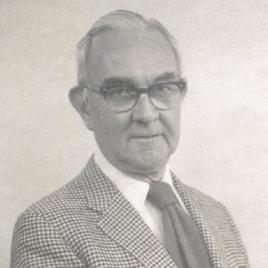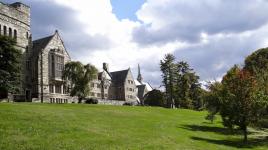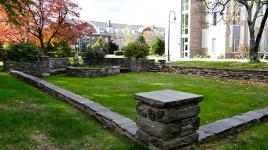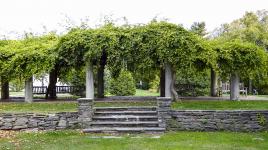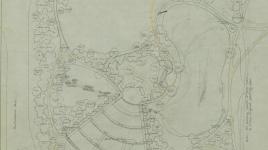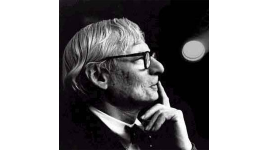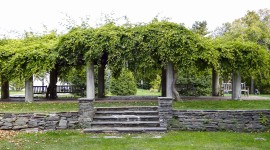Pioneer Information
Born in Philadelphia, Peck earned a B.L.A. from the University of Pennsylvania in 1933 and immediately established a private practice. His first commissions were Pastorius Park in 1935 in the suburb of Chestnut Hill and Hickory Run Recreational Demonstration Area in 1936 in northeastern Pennsylvania. Despite an early focus on parks, Peck’s body of work largely comprised suburban residential designs, such as for the Post-Esherick House (designed by architect Louis I. Kahn) in 1963.
Besides his practice, Peck taught landscape architecture, first at the University of Georgia between 1937 and 1939 and then at the University of Pennsylvania beginning in 1940. His tenure was interrupted by World War II, during which time Peck served as a captain in the U. S. Army Corps of Engineers and designed airstrips and bases in Trinidad and the Philippines. At the war’s end, Peck returned to Philadelphia to his teaching position at Penn, where he stayed until 1952. In practice, Peck created the Azalea Garden in Philadelphia’s Fairmount Park. This was followed by myriad residential, commercial, and civic commissions throughout the Mid-Atlantic region. Peck continued to practice beyond his retirement in the late 1970s. A prolific writer, he published numerous articles in professional magazines and maintained a lifelong membership in the American Society of Landscape Architects.




